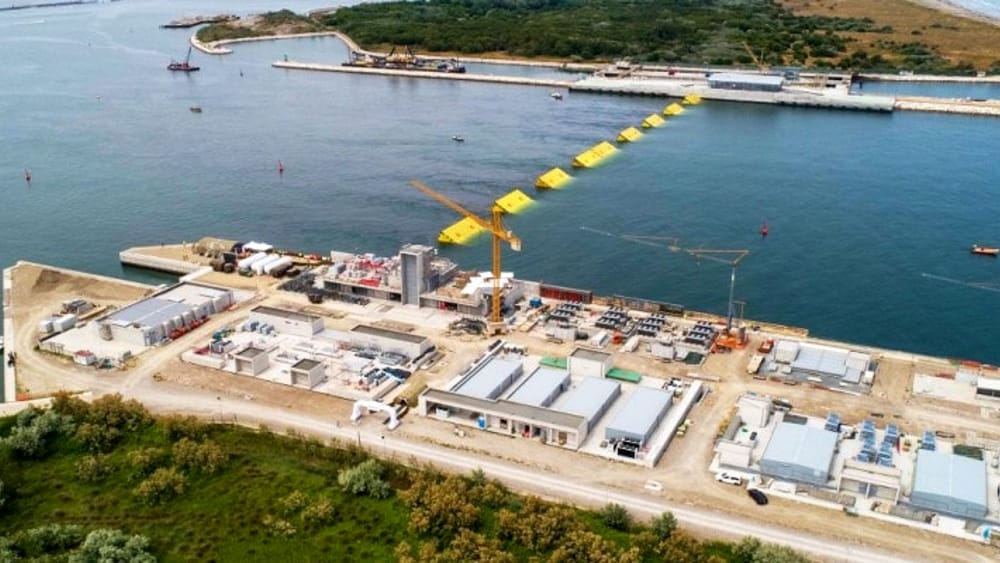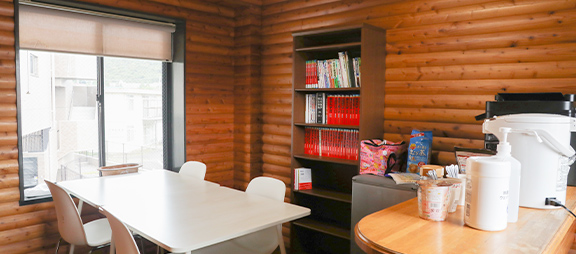【★★★★☆】ヴェネチアを救う最新技術【英語長文読解練習4】

どうも福長塾塾長の橋本です
4回目になりました英語長文読解練習。基本的に土曜日か日曜日の12:00に更新するので、興味あれば是非見てってくださいな。
前回はリンクから是非どうぞ
今回は私が衝撃を受けた記事からの抜粋。ヴェネツィアは自分が行きたくて、でも行けていない都市のTOP3に確実はいる町。
昔ARIAというただただまったりした時間が流れるアニメがありまして。。。
そのころから本当に行ってみたい街になっています。
そんな町が実は消滅の危機に瀕していること。それに対抗する技術者たちの話です。
もっともっと伝えたいけど、とりあえず読んでもらいましょ。
目次
英文全文
The wind was stirring up the sea around Venice, Italy, threatening to raise the tide to 4 feet — a level that's at least foot above normal. In the past, that would be enough to inundate half the city, leaving tourists to trudge through knee-high floodwater in St. Mark’s Square.
But this wasn’t a normal day.
On this rainy Saturday in early October, for the first time, officials would make use of MOSE, a system of movable sea barriers built to protect Venice against floods.
Venice sits in the middle of an enclosed bay with only three entrances. To guard those entrances, engineers came up with MOSE, which stands for Modulo Sperimentale Elettromeccanico, or Electromechanical Experimental Module in English.
Mose, incidentally, is also the Italian word for "Moses" — the biblical figure who parted the Red Sea.
The system consists of 78 panels that lie flat on the seafloor. At 8:30 a.m. on Oct. 3, those panels filled with air, causing them to swing upright like cellar doors being thrown open.
Shortly thereafter, the Venice Lagoon was separated from the Adriatic sea by three bright-yellow sea walls.
At noon, St. Mark’s Square, which was expected to be under more than a foot of water, was dry.
Venice, which has struggled against acqua alta — literally “high water” — since the 5th century, was finally protected from a high tide.
The success of MOSE was never guaranteed. The flood control system belongs to an infrastructure project that has been marred by corruption, cost overruns and delays. In 2014, investigations led to the arrest of the mayor and dozens of politicians and business leaders who had given or taken tens of millions of euros in bribes in association with the project. And MOSE still isn’t finished.
Work will continue until the end of 2021, the conclusion of a decades-long effort to shield Venice against the sea.
The City on Water
Floods have always afflicted Venice, but they grew more severe over the 20th century.
As people drew down reserves of freshwater buried under the city, it began to sink. It dropped by a foot, leaving it even more vulnerable to high tides.
In 1966, a record-setting surge of more than 6 feet hit Venice.
It destroyed shops, damaged libraries, ruined priceless works of art and displaced 4,000 people.
The storm prompted the Italian government to find a way to protect the city and, in 1973, Venice’s preservation was declared a matter of national interest.
Venetians have engineered their surroundings for ages, fortifying canals and building up islands.
To tackle malaria in the 16th century, they reclaimed marshy areas around the lagoon where disease-carrying mosquitoes thrived. But engineering a sea barrier presented a particular challenge.
Officials needed to keep the tide at bay, but they also wanted to avoid building any large, unsightly seawalls, both to preserve the beauty of the city and to allow sea creatures to move in and out of the lagoon.
In 1975, they solicited proposals for such a project, but none met all of the requirements.
全文和訳
風がイタリアのヴェネツィア周辺の海を掻き立て、潮の高さは4フィート-通常よりも人の腰程の高さ程高く-にも達し町を襲った。過去であればこれは町の半分を水没させ、観光客を膝の高さほどもある洪水の中、セントマーク広場から歩いて避難させるに十分であったろう。
しかし、今日は違う。
10月初旬の雨のこの日に、行政は初めて”MOSE”-ヴェネツィアを高潮から守るために建設された可動式対海障壁システム-を使うことを決めたのだろう。
ヴェネツィアはたった3箇所の海路によって囲まれた港の中心に位置する。この海路を封鎖するため、技術者は”MOSE(MOdulo Sperimentale Elettromeccanico)”を閃いた。
"MOSE"はちなみに、紅海を割った聖書の人物であるモーゼのイタリア語表記でもある。
このシステムは海底に平らに設置された78個のパネルからなる。10月3日の午前8時30分、これらのパネルが空気で充填され、まるで販売棚の扉が開くかのように水中で直立に開いた。
その後間も無くヴェネツィアの入り江は3つの鮮やかな黄色の海壁によってアドリア海と隔てられた。
昼になって、普通であれば足元以上の海水に沈んでいるはずのセントマーク広場が、乾いていた。
ヴェネツィアは、5世紀からアクアアルタ、文字通りの"高い水"と戦ってきたが、ついに高潮から守られた。
このMOSEの成功が保証されたことなど一度もなかった。高潮制御システムが属していたインフラ事業は、予算オーバーと遅延、そして汚職によって台無しにされた。
2014年の調査では、市長ならびに何十人もの政治家とビジネスリーダーが何千万ユーロもの事業に関連する賄賂授受の容疑で逮捕された。
更にMOSEはまだ完了していない。事業は2021年末まで続く予定であり、その時何十年ものヴェネツィアを海から守るための努力が結末を迎えるであろう。
水の上の都市
高潮は常にヴェネツィアを苦しめてきたが、20世紀の間により過酷なものへと成長していった。人々が都市の地下に埋もれている淡水をくみ上げるにつれて、都市は沈んでいった。都市は1フィート沈み、より高潮に対して脆弱となった。
1966年には記録的な6フィートを超す大潮がヴェネツィアを襲った。
それは店を破壊し、図書館を傷つけ、価値を付けられない美術品の多くを台無しにし、4000人の住居を無くした。
その嵐によってイタリア政府は町を保護する方法を探しはじめ、1973年にはヴェネツィアの保護活動は国際的関心を持つものであるとの声明が出された。
ヴェネツィア人は何年にもわたって運河を強化し、島を築くなどの周辺環境の設計を行ってきた。16世紀ではマラリアに取り組むため、入り江周辺にあった病を媒介する蚊が生息する湿地帯を取り戻した。
しかし、海障壁を作ることは、特に挑戦を必要とした。
行政は波が港で収まることが必要としつつも、大きな建造物-例えば見苦しい堤防-は都市の美しい景観を守るという点と海の生き物が入り江に出入りできるようにするという点の両方から避けたかった。
1975年にそのような事業提案を公募したが、全ての要求を満たすものは1つとしてなかった。
まとめ
いかがでしたでしょうか?
前提条件として、現在の気象の苛烈化により、ヴェネツィアは水没することが増えていますし、それにより歴史的建造物がいくつも老朽化していっています
このように自然環境の悪化が思いもがけないところに影響を及ぼしている様子です。
私的には小さなアクアアルタを体験して見たかった気もする。MOSEが正常に動いている限り無理そうだけど。
ちなみにリンクではMOSEが動いている様子が写っています。リンクはイタリア語ですが、Googleの自動翻訳を使えば割ときれいな英語になります。
日本語にはなりません。残念。
でもリンクやこのアイキャッチから読み解けるMOSEの形状がわかると、なんと凄まじい発想かと思いますよね。
ちなみにこの事業には6000億円くらいかかっている様子。そりゃ政治家も汚職にまみれるのか?
ではまた次回。
